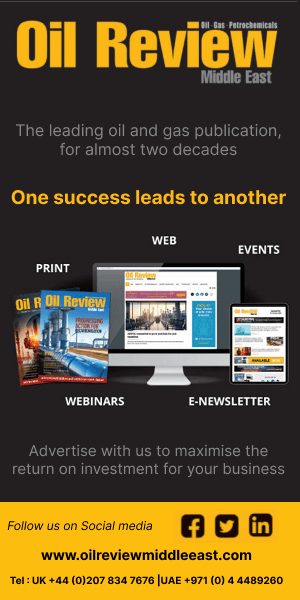Wearing a hard hat is mandatory in many applications and industries, protecting the safety of individuals in potentially hazardous environments. However, wearing PPE can be seen by users as a hindrance rather than an important safety feature for their workday
According to MSA Safety, the most effective hard hat is the one a worker will want to wear.
“A more comfortable helmet can not only empower workers, but it could also make them feel safer, happier, improve productivity and even boost their confidence allowing them to better focus on the job at hand,” said MSA.
Temperature regulation
Hard hats can be warm, trap sweat and perspiration can make them fog. To help reduce this, helmets with ventilation should be opted for, these helmets can also be adapted to improve comfort. Sweatbands made from a soft, sweat-absorbing, and respiring material can be incorporated, washed and replaced.
The type of environment workers are operating in is an essential factor to consider when choosing the appropriate hard hat for them.
All day comfort
If protective hard hats don’t have a good fit and appropriate straps to keep them in place, they can slip, slide and move around, becoming a distraction for workers.
There are ways to solve this problem and keep hard hats firmly in place. A six-point ratchet textile suspension will contribute to comfort, enabling the helmets to be adjusted to fit a range of head sizes and genders, thus providing an inclusive and secure fit.
This will minimise rattling and slippage, even when users are repeatedly looking around. Equally, a four-point textile chinstrap will also help to reinforce the retention of the helmet on the head.
Appropriate for work applications
Ultimately, hard hats become an extension of the head during the workday. And, in cases of confined or restrained spaces smaller equipment is often more practical. In these applications users can look to acquire models that have a modern dynamic design with a low-profile, compact, sports-styled shell without protruding peaks.
The solution depends on the application. Short peak or peak-less safety helmets can be better for workers requiring good upwards visibility, yet standard peaks are better for protecting your eyes from the sun. In addition, non-vented shells should always be used in environments where chemicals or hot liquids may be projected.
In this instance, it’s also important to consider the accessories that are appropriate for certain applications, movements and tasks. If it is hard to tweak the sizes and straps, then any additional features will add little value and may go unused. For this reason, it is important that users can easily adjust the size of their hard hat for a secure fit, even while wearing safety gloves.
Aesthetics
When considering aesthetics, a safety helmet that has a modern, low-profile sporty design is likely to be more desirable than larger, chunkier alternatives. However, you should always look to prioritise the level of protection - because safety should never be compromised for style.
There are a diverse range of factors to consider from suspension, soft textile materials, vented or non-vented models, to heat regulation accessories, size and aesthetics.
Appropriately selecting the model and relevant accessories could provide many benefits. Not only can the right hard hat help to improve the safety of your staff, but it can also aid in increased confidence, contribute to a happier workforce, and boost productivity by enabling workers to work more efficiently.





